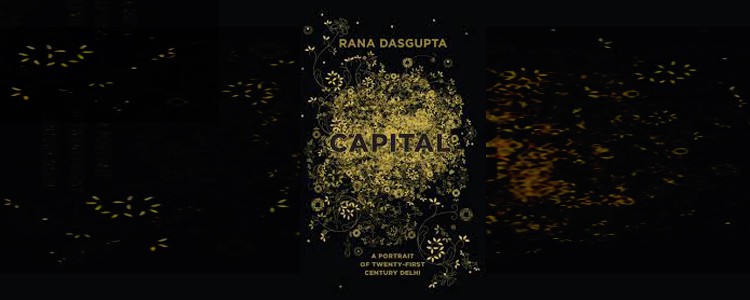On travel writing and translations
 In recent months I have read two books of travel writing translated from Urdu and Bengali respectively. They were first written a century apart but the English translations were made available six months of each other. The two books are:
In recent months I have read two books of travel writing translated from Urdu and Bengali respectively. They were first written a century apart but the English translations were made available six months of each other. The two books are:
1. Yusuf Khan Kambalposh Between Worlds: The Travels of Yusuf Khan Kambalposh, translated and edited by Mushirul Hasan and Nishat Zaidi, published by Oxford University Press ( 2014). Original title: Tarikh-i-Yusufi (1837-38), first published by Naval Kishore Press ( 1898)
2. Syed Mujtaba Ali In a land far from home: A Bengali in Afghanistan translated by Nazes Afroz, published by Speaking Tiger ( 2015). Original title: Deshe Bidishe, first published in 1948
There is something fascinating about accessing the past through contemporary literature. Making translations of such texts available to a modern audience is a commendable effort since many such texts are tucked away in personal collections, archives, and libraries. Selecting an “appropriate” text for a 21-century reader is dependant on a variety of factors — not just on the book’s own merit. It is probably relevance of the text being translated. For instance, Between Worlds, is about thirty-three-year-old Yusuf Khan Kambalposh who decides to visit England. He had no patronage, was not dependent on anyone for financial support or for social contracts but made the journey on his own. He was in London to see Queen Victoria being coronated. All though he often wrote in Persian, this travelogue was written in Urdu, a fascinating choice given the time it was written in. But it also shows the impact the Delhi Vernacular Translation Society ( 1843) had in popularising the language among the masses of readers in North India. Most translations were made available in Urdu. It is also a significant travelogue since it is a rare perspective offered by an Indian and not necessarily from a Colonial perspective. It is also about Victorian England at a time when modern literature about Queen Victoria is gaining importance.
With In a land far from home there is a firsthand account of a non-Afghan, a Bengali traveller, having travelled so far North, living in  Afghanistan, witnessing a tumultuous period of history. It is when the reformist King Amanullah tried to steer his country towards modernity by encouraging education for girls and giving them the choice of removing the burqa. Branded a ‘kafir’, Amanullah was overthrown by the bandit leader Bacha-e-Saqao. ( An extract from the book may be read on Caravan magazine’s website: http://www.caravanmagazine.in/vantage/why-bengali-traveller-was-flummoxed-afghani-hospitality . )
Afghanistan, witnessing a tumultuous period of history. It is when the reformist King Amanullah tried to steer his country towards modernity by encouraging education for girls and giving them the choice of removing the burqa. Branded a ‘kafir’, Amanullah was overthrown by the bandit leader Bacha-e-Saqao. ( An extract from the book may be read on Caravan magazine’s website: http://www.caravanmagazine.in/vantage/why-bengali-traveller-was-flummoxed-afghani-hospitality . )
Both the translated texts are worth reading from an academic point of view. They are footnoted and with plenty of prefatory material. Fascinating for the old world they reveal especially when seen through the prism of contemporary socio-political-economic conditions in these regions. Otherwise not easy to read. Somehow I found a few travelogues written by women easier to read particularly a lovely one All the Roads are Open: the Afghan journey by Annermarie Schwarzenbach (translated by Isabel Fargo Cole). She too is in Afghanistan at the time of Amanullah’s reign but her account is easier to relate to, probably because these were meant as regular dispatches to various newspapers in Germany. ( https://www.jayabhattacharjirose.com/blog/of-women-travellers-and-writing/ )
Having said that the anecdote about the massacre of sunbathing turtles on the high seas to be later made into a feast of kebabs in Between Worlds is just the reason why one picks up travel books. To get a random detail that is not commonly heard of but will forever remain embedded in one’s brain as a piece of trivial but astounding information.
6 May 2015





